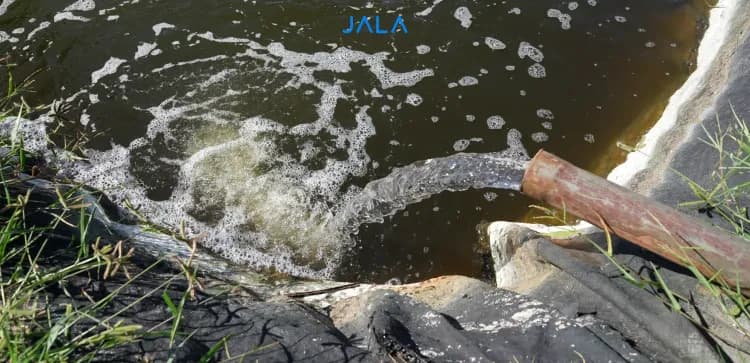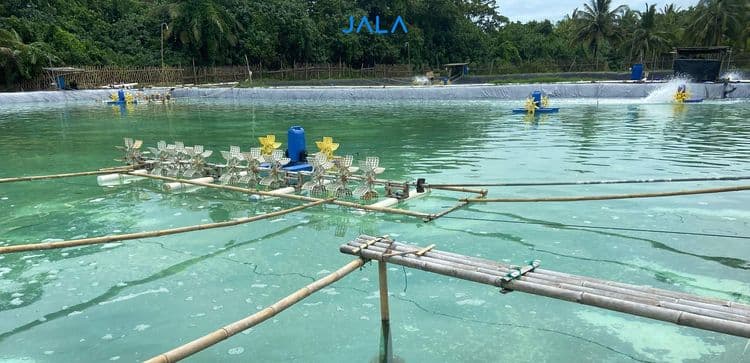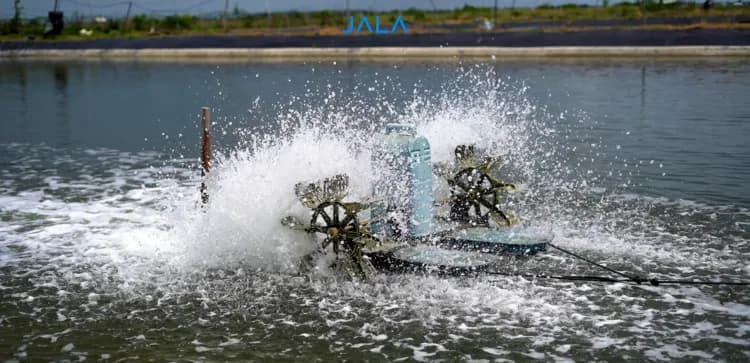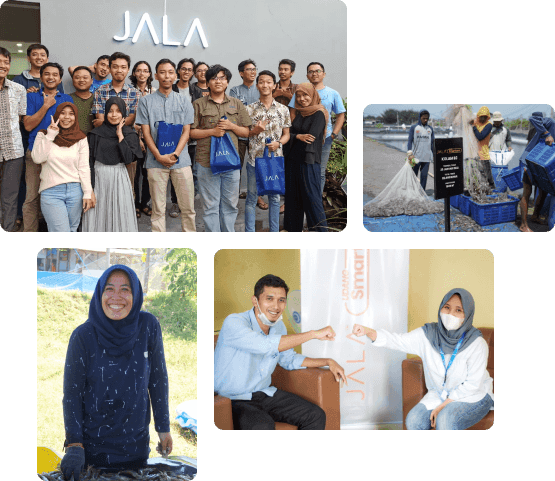
Bioassay is a testing method conducted before shrimp fry stocking to identify the suitability of the pond water that has been prepared for the stocking process. This method is usually conducted three days before shrimp fry stocking, and the results can be a guide for farmers to create optimal conditions for shrimp growth.
What are the benefits of bioassay and what are the steps of its implementation? Find the answers in the discussion below.
Benefits of Conducting the Bioassay Method
As a pre-stocking method, bioassay has various benefits for shrimp farming, including
Identifying the Presence of Toxic Compounds in Water
Bioassay is implemented to assess water quality, particularly the presence of toxic compounds, such as ammonia, nitrite, and heavy metals that may harm the shrimp fry. You can identify the tolerance of shrimp fry to certain parameters, including pH, salinity, or dissolved oxygen.
Evaluation of Shrimp Fry Resistance
Bioassay allows you to test shrimp fry’s adaptability and resistance to certain treatment and changes in environmental conditions, such as temperature, salinity, or pH during the acclimatization process.





